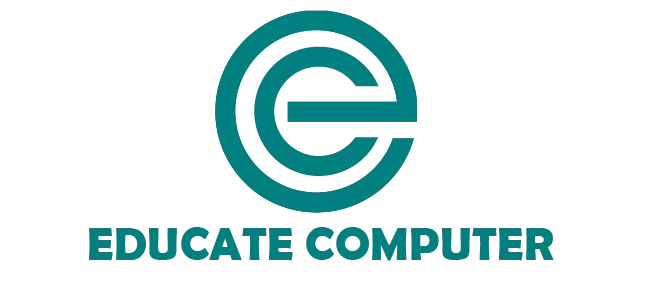Here you will find the most important 11th class Computer Science solved exercise MCQs with answers from chapter 5 (Computer Architecture). All the correct answers have been bold. These class 11th computer science MCQs are special because they’re created by experienced teachers who know exactly what you need to learn.
1st Year Computer Chapter 5 MCQs With Answer
Here are the mcqs of Chapter 5 Computer Architecture:
1. Data and programs not being used by the computer are stored in:
a. Secondary storage
b. Cache
c. Primary storage
d. Printer
2. A set of instructions that run the computer are:
a. Hardware
b. Document
c. CPUs
d. Software
3. The program that contains instructions to operate a device is called:
a. Device driver
b. Device operator
c. Device linking
d. Device system
4. CPU is an example of:
a. Software
b. A Program
c. Hardware
d. An output unit
5. The address of instruction under the processor execution is contained within:
a. Program Counter
b. Current Instruction register
c. Memory Address Register
d. Memory Buffer register
6. A computer drives its basic strength from:
a. Speed
b. Memory
c. Accuracy
d. All
7. The arithmetic/Logic unit performs the following actions:
a. Control-computer operations
b. Perform arithmetic functions such as addition and subtraction
c. Perform logical comparisons such as equal, greater than, less than
d. Both b and c
8. Which is a storage device?
a. CPU
b. Clock
c. Floppy disk
d. Bus
9. Which component is responsible for comparing the contents of two pieces of data?
a. ALU
b. Control unit
c. Memory
d. None
10. Which one is faster?
a. Hard disk
b. Cache
c. Register
d. RAM
11. The idea of storing a program in memory was given by:
a. John von Neumann and his team
b. Dr. Qadir and his team
c. Dr. Abdul Salam and his team
d. Pascal
12. Which component handles the processor communication with its peripherals?
a. ALU
b. I/O Unit
c. Bus interconnection
d. NIC
13. Which component is used to connect different parts of a computer?
a. Control Unit
b. Bus interconnection
c. Main memory
d. ALU
14. CU stands for
a. Control Unit
b. Cache Unit
c. Calculating Unit
d. Communication Unit
15. The brain of the computer that executes instructions is called:
a. CPU
b. System unit
c. RAM
d. Motherboard
16. The central processing unit (CPU):
a. Interprets and executes instructions
b. Communicates with other parts of the computer
c. Do arithmetic and logic operations
d. All of the above
17. The CPU is housed in a single chip called:
a. Microprocessor
b. Data processor
c. Graphic processor
d. Language processor
18. CPU includes all of the following components EXCEPT:
a. Primary storage
b. ALU
c. Control Unit
d. Register
19. The circuit board on which the processor and other chips are placed is called:
a. Big board
b. Motherboard
c. Master circuit
d. Connector circuit
20. CPU consists of the following parts:
a. CU and Main Memory
b. Control Unit and ALU
c. Main Memory and storage
d. Operating system and application
21. ALU has_____units.
a. 2
b.3
C. 4
d.5
22. Which CPU component decides the operations to be performed by the CPU?
a. ALU
b. Control unit
c. Register
d. None
23. Which component of CPÚ is used to compare data?
a. ALU
b. Control Unit
c. Memory
d. None
24. The arithmetic/ logic unit can perform:
a. Addition
b. Subtraction
c. Multiplication
d. All
25. ALU performs arithmetic and operations.
a. Logical
b. Local
c. Loading
d. Linear
26. Which component of the CPU interacts with primary memory?
a. ALU
b. Control unit
c. BUS
d. USB
27. Memory space in a computer is used to:
a. Hold application programs
b. Hold data and information temporarily
c. Provide additional space as needed for programs or data
d. All of the above
28. Which computer memory is used to store programs and data being processed by the CPU?
a. ROM
b. RAM
c. EPROM
d. PROM
29. An identifiable location in memory where data are kept is called:
a. Space
b. Address
c. Location
d. Cell
30. RAM stands for:
a. Readily available memory.
b. Read and more memory
c. Random access memory
d. Remember all memory
